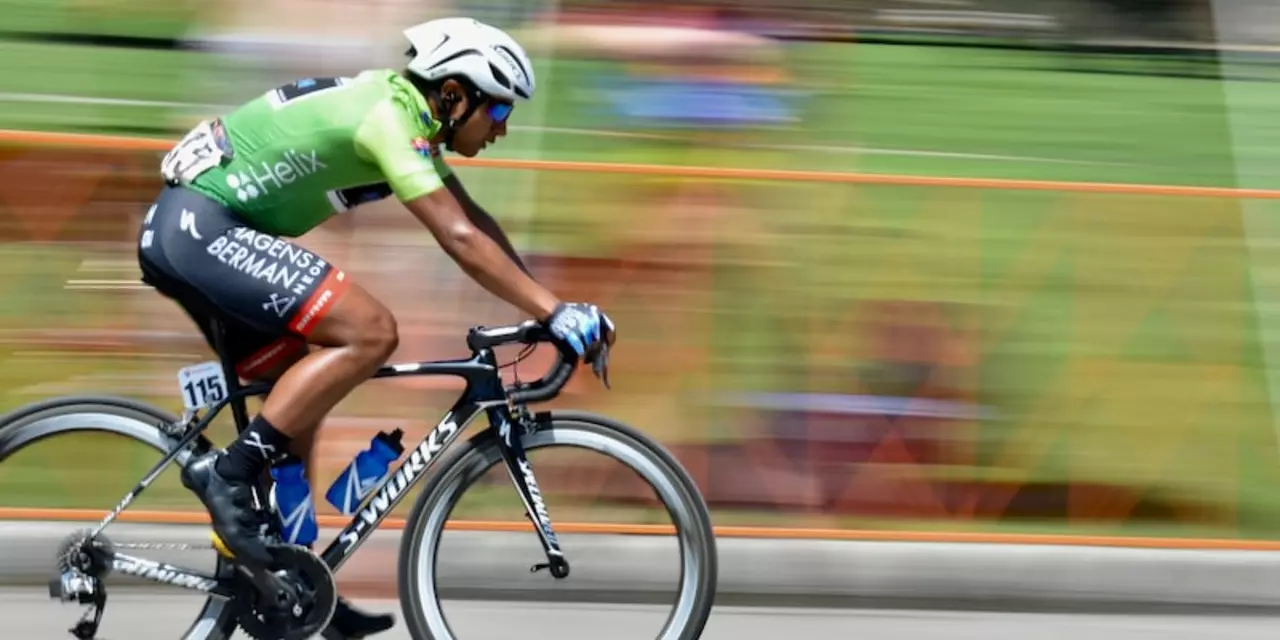Rest and Recovery Tips Every Cyclist Should Know
You've just crushed a ride, but the real work starts when you stop pedaling. Without proper rest, your muscles stay tight, energy drops, and the next ride feels harder. The good news? Simple habits can turn recovery into a fast, painless part of your routine.
Why Rest Matters
During a hard ride, tiny muscle fibers tear and your body burns through glycogen stores. Rest gives your body the time to patch those fibers and refill energy. Skipping recovery means lingering soreness, slower progress, and higher injury risk. Even a 10‑minute break after a ride can cut inflammation and improve how you feel tomorrow.
Simple Recovery Strategies
1. Cool‑down ride. Spend the last 5‑10 minutes at an easy pace. It flushes waste products out of your legs and helps blood return to the heart, speeding up repair.
2. Stretch smart. Focus on the quads, hamstrings, calves, and hip flexors. Hold each stretch for 20‑30 seconds; avoid bouncing. Stretching right after a ride feels better than waiting hours later.
3. Hydrate with electrolytes. Water alone replaces fluid, but a pinch of salt or an electrolyte drink restores the minerals you lose in sweat. Aim for 500 ml of a balanced drink within an hour of finishing.
4. Eat a recovery snack. Pair carbs with protein in a 3:1 ratio—think a banana with a spoonful of peanut butter or a yogurt with honey. This combo jump‑starts glycogen replenishment and supplies amino acids for muscle repair.
5. Use compression. Wearing tight sleeves or shorts for a few hours after a ride can reduce swelling and speed up blood flow. It feels a bit snug, but most cyclists notice less soreness the next day.
6. Prioritize sleep. Your body does most of its healing while you snooze. Aim for 7‑9 hours, and keep the room cool and dark. If you struggle to fall asleep after a long ride, a warm shower before bed can relax tight muscles.
7. Plan active rest days. Not every day needs a full ride. Swap a hard session for a gentle spin, a walk, or a yoga session. Light movement keeps blood flowing without adding new stress.
Putting these steps into a routine takes less than 15 minutes a day but pays off in smoother rides, less pain, and faster performance gains. Try adding one new habit each week; by the end of a month you'll have a solid recovery toolbox.
Remember, recovery isn’t a sign of weakness—it’s the secret weapon elite cyclists use to stay ahead. Treat your body like the high‑performance machine it is, give it the rest it craves, and watch your rides get easier and faster.
Is riding an exercise bike for 2 hours straight unhealthy?
Riding an exercise bike for two hours straight can be an effective way to get in a good workout, however, it is important to take some precautions to ensure that it is done in a healthy way. Doing too much exercise can result in overtraining, which can cause physical and mental exhaustion, as well as an increased risk of injury. Therefore, it is important to ensure that sessions are kept to a reasonable length and that the intensity is appropriate for the individual's level of fitness. Additionally, it is important to have adequate rest between sessions and to ensure an adequate intake of nutrients to replace any energy lost during the workout.
More